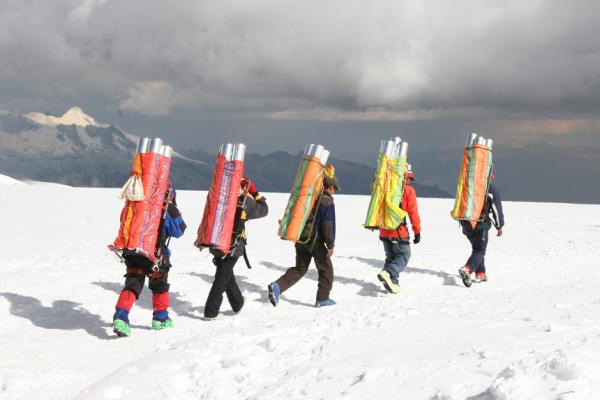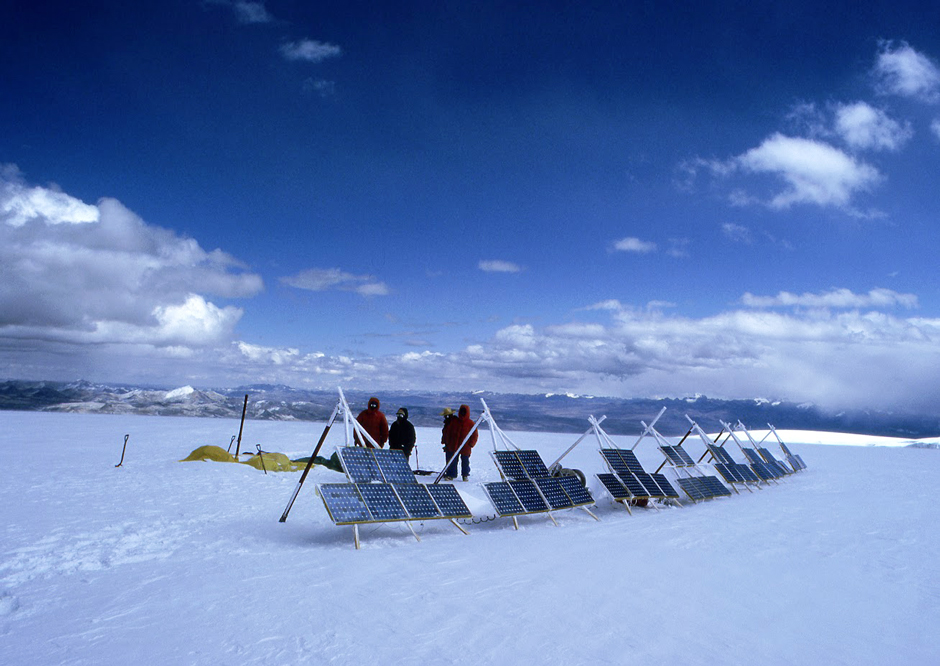Advancing Glacial Research in the Tropics through Innovative Ice Core Studies

In a detailed article published in the Environmental Monitor earlier this year, Distinguished University Professor Lonnie Thompson from The Ohio State University's School of Earth Sciences was recognized for his pioneering contributions to glaciology. His work, particularly in retrieving ice cores from tropical glaciers, has significantly advanced our understanding of global climatic shifts. Thompson, a Senior Research Scientist at the Byrd Center, has overcome substantial technological and logistical challenges to extract ice cores from some of the planet's most remote and inaccessible glaciers.
Thompson's unsuccessful attempt to retrieve ice cores in 1979 due to inadequate equipment was pivotal in his career. His perseverance and innovative spirit led him back to the Quelccaya ice cap in Peru in 1983, equipped with a solar-powered drill. This pioneering approach facilitated lighter and more environmentally friendly expeditions and set a new paradigm for conducting field studies in distant glacial territories.

Thompson's endeavors have broadened the horizons of glaciology to encompass tropical glaciers, which, despite their potential to shed light on Earth's climatic history, had previously received minimal attention. Thompson asserts that ice cores are unparalleled in archiving historical atmospheric data, capturing climate and atmospheric constituent variances, and documenting discrete natural phenomena such as volcanic eruptions.
Furthermore, Thompson's analyses have illuminated the substantial anthropogenic impact on climate change. Data from the ice cores indicates that the escalation of greenhouse gases over the previous century significantly overshadows the natural fluctuations observed over millennia, providing stark evidence of human influence on global environmental systems.
Despite the myriad challenges associated with glacial research, such as the arduous transport of heavy equipment to high altitudes and the meticulous preservation of ice cores during transit, Thompson's innovative strategies have proven indispensable. These methods, which include synergizing with local communities and harnessing solar energy, have been pivotal in maintaining the integrity of the ice cores for subsequent scientific examination.
As glacial masses increasingly recede, Thompson's relentless pursuit of data and his adaptability to research challenges exemplify the essence of scientific inquiry and highlight the pressing need to collect environmental data before these critical natural archives vanish.
To learn more, visit the article "Collecting Data at the Top of the World: How Scientists Retrieve Glacial Ice Cores." This article has been chosen for inclusion in the 2024 Fall print edition of the Environmental Monitor.
Related story:
- Quelccaya Ice Cap Then and Now, NASA's Earth Observatory, 2023
- Canary, the Movie, 2023
- Documenting the demise of Quelccaya: The world’s largest tropical ice cap, Ohio State News, 2018
